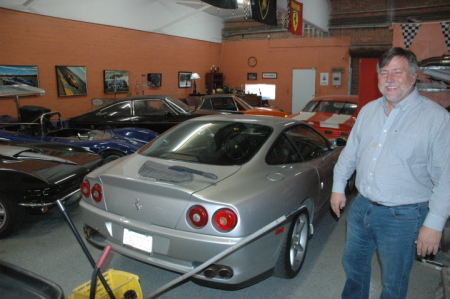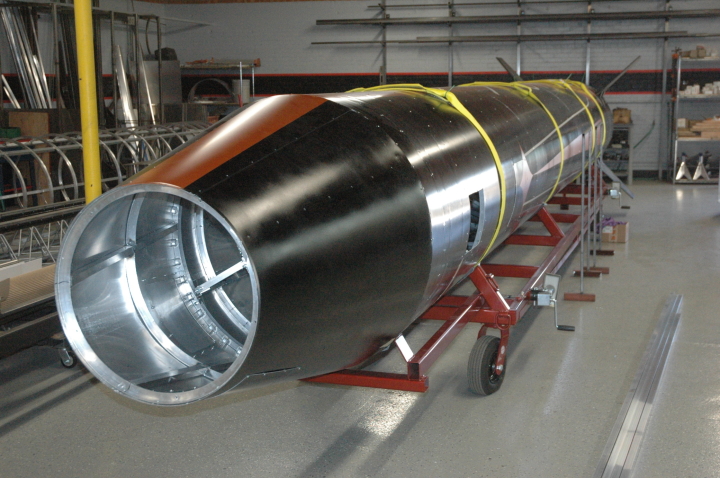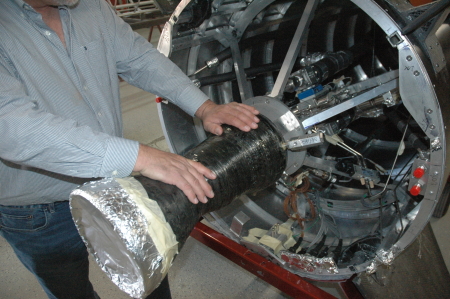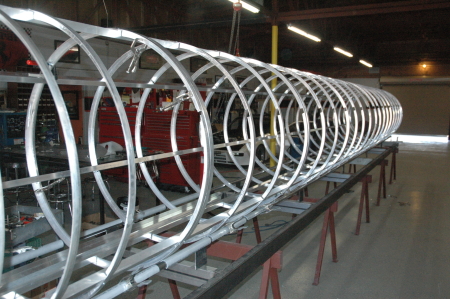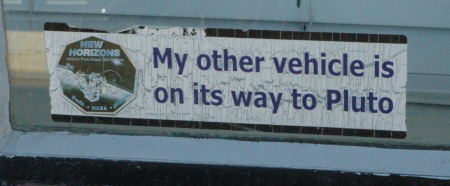First Falcon Heavy demo launch to include two used boosters
The competition heats up: SpaceX plans to use two already flown first stage boosters when it does its first demo flight of Falcon Heavy later this year.
Musk said the rocket cores for Falcon Heavy’s first flight are two to three months away from completion. He emphasized that the first launch will carry a lot of risk, and as such, SpaceX doesn’t plan to carry a valuable payload or payloads with it. “We will probably fly something really silly on Falcon Heavy because it is quite a high risk mission,” he said.
SpaceX will seek to recover all the boosters from the first Falcon Heavy flight, assuming all goes according to plan. Musk said the two side boosters would land back at Cape Canaveral Air Force Station, followed by the center core returning to a drone ship in the Atlantic.
They will also try to recover the upper stage, but are not hopeful this will succeed. The article also notes that they hope to fly an additional four used boosters in 2017. SES is eager to use them on its three scheduled flights this year.
The company has also said that the booster that was successfully reused this week will not fly again, but will instead be put on display in Florida.
Posted from the south rim of the Grand Canyon.
The competition heats up: SpaceX plans to use two already flown first stage boosters when it does its first demo flight of Falcon Heavy later this year.
Musk said the rocket cores for Falcon Heavy’s first flight are two to three months away from completion. He emphasized that the first launch will carry a lot of risk, and as such, SpaceX doesn’t plan to carry a valuable payload or payloads with it. “We will probably fly something really silly on Falcon Heavy because it is quite a high risk mission,” he said.
SpaceX will seek to recover all the boosters from the first Falcon Heavy flight, assuming all goes according to plan. Musk said the two side boosters would land back at Cape Canaveral Air Force Station, followed by the center core returning to a drone ship in the Atlantic.
They will also try to recover the upper stage, but are not hopeful this will succeed. The article also notes that they hope to fly an additional four used boosters in 2017. SES is eager to use them on its three scheduled flights this year.
The company has also said that the booster that was successfully reused this week will not fly again, but will instead be put on display in Florida.
Posted from the south rim of the Grand Canyon.

